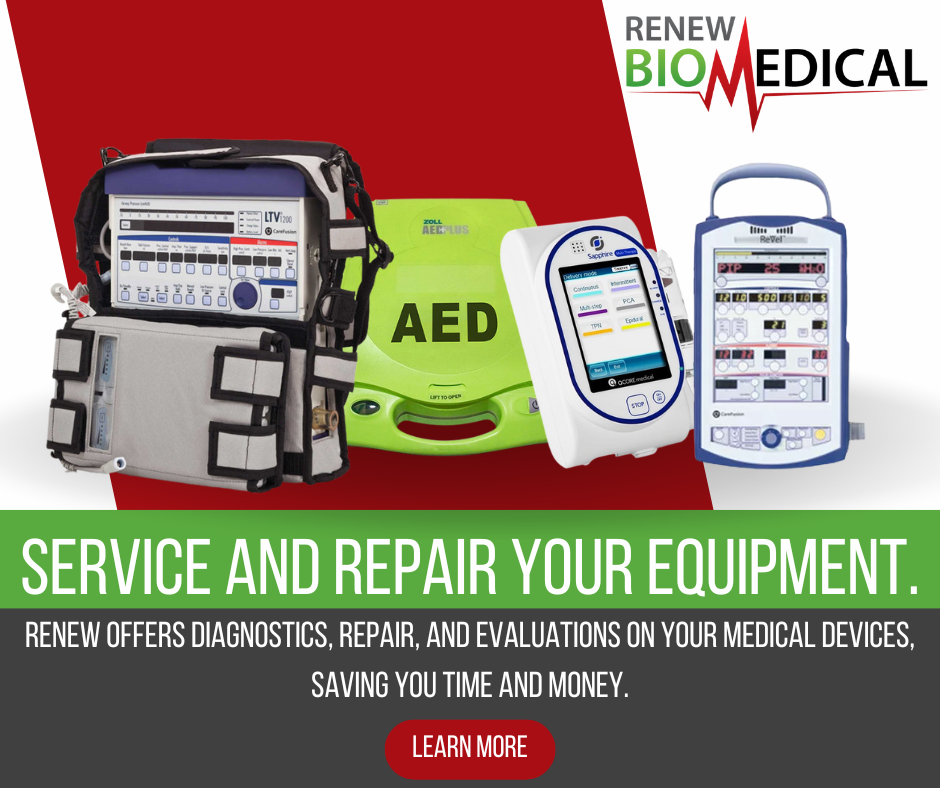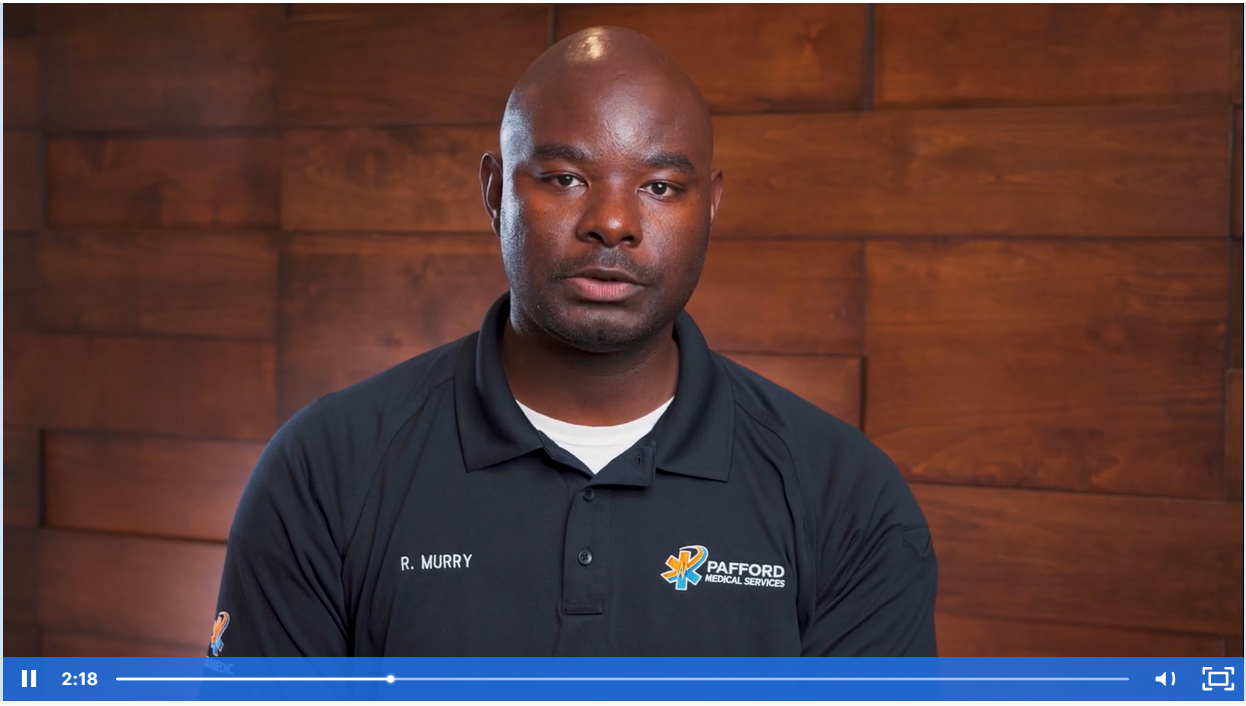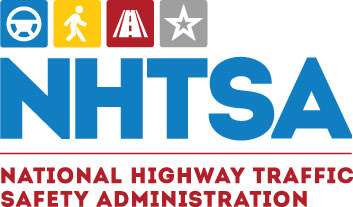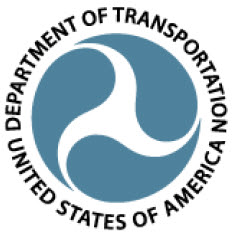From CMS on July 19, 2023

The next CMS Ambulance Open Door Forum scheduled for:
Date: Thursday, July 27, 2023
Start Time: 2:00pm-3:00pm PM Eastern Time (ET);
Please dial-in at least 15 minutes before call start time.
Conference Leaders: Jill Darling, Maria Durham
**This Agenda is Subject to Change**
- Opening Remarks
Chair- Maria Durham, Director, Division of Data Analysis and Market Based Pricing
Moderator – Jill Darling (Office of Communications)
Announcements & Updates
- Ground Ambulance & Patient Billing Advisory Committee Meeting Announcement
- Update on Emergency Triage, Treat, and Transport (ET3) Model
- Medicare Ground Ambulance Data Collection System (GADCS): Proposed Changes in the CY 2024 Physician Fee Schedule Proposed Rule
- Slide presentation will be available at: https://www.cms.gov/medicare/ambulance-fee-schedule-zip-code-files/ambulance-events
- Consolidated Appropriations Act, 2023: Division FF, section 4103: Extension of Add-On Payments for Ambulance Services
III. Open Q&A
**DATE IS SUBJECT TO CHANGE**
Next Ambulance Open Door Forum: TBA
ODF email: AMBULANCEODF@cms.hhs.gov
———————————————————————
This Open Door Forum is open to everyone, but if you are a member of the Press, you may listen in but please refrain from asking questions during the Q & A portion of the call. If you have inquiries, please contact CMS at Press@cms.hhs.gov. Thank you.
NEW and UPDATED Open Door Forum Participation Instructions:
This call will be a Zoom webinar with registration and login instructions below.
Register in advance for this webinar:
https://cms.zoomgov.com/webinar/register/WN_Sq7TP07ESqiGuvE0M00xIg
Webinar ID: 161 099 7532
Passcode: 131371
After registering, you will receive a confirmation email containing information about joining the webinar. You may also add the webinar to your calendar using the drop-down arrow on the “Webinar Registration Approved” webpage after registering. Although the ODFs are now a Zoom webinar, we will only use the audio function, no need for cameras to be on.
For ODF schedule updates and E-Mailing List registration, visit our website at http://www.cms.gov/OpenDoorForums/.
Were you unable to attend the recent Ambulance ODF call? We encourage you to visit our CMS Podcasts and Transcript webpage where you can listen and view the most recent Ambulance ODF call. The webinar recording and transcript will be posted to: https://www.cms.gov/Outreach-and-Education/Outreach/OpenDoorForums/PodcastAndTranscripts.html.
CMS provides free auxiliary aids and services including information in accessible formats. Click here for more information. This will point partners to our CMS.gov version of the “Accessibility & Nondiscrimination notice” page. Thank you.


































